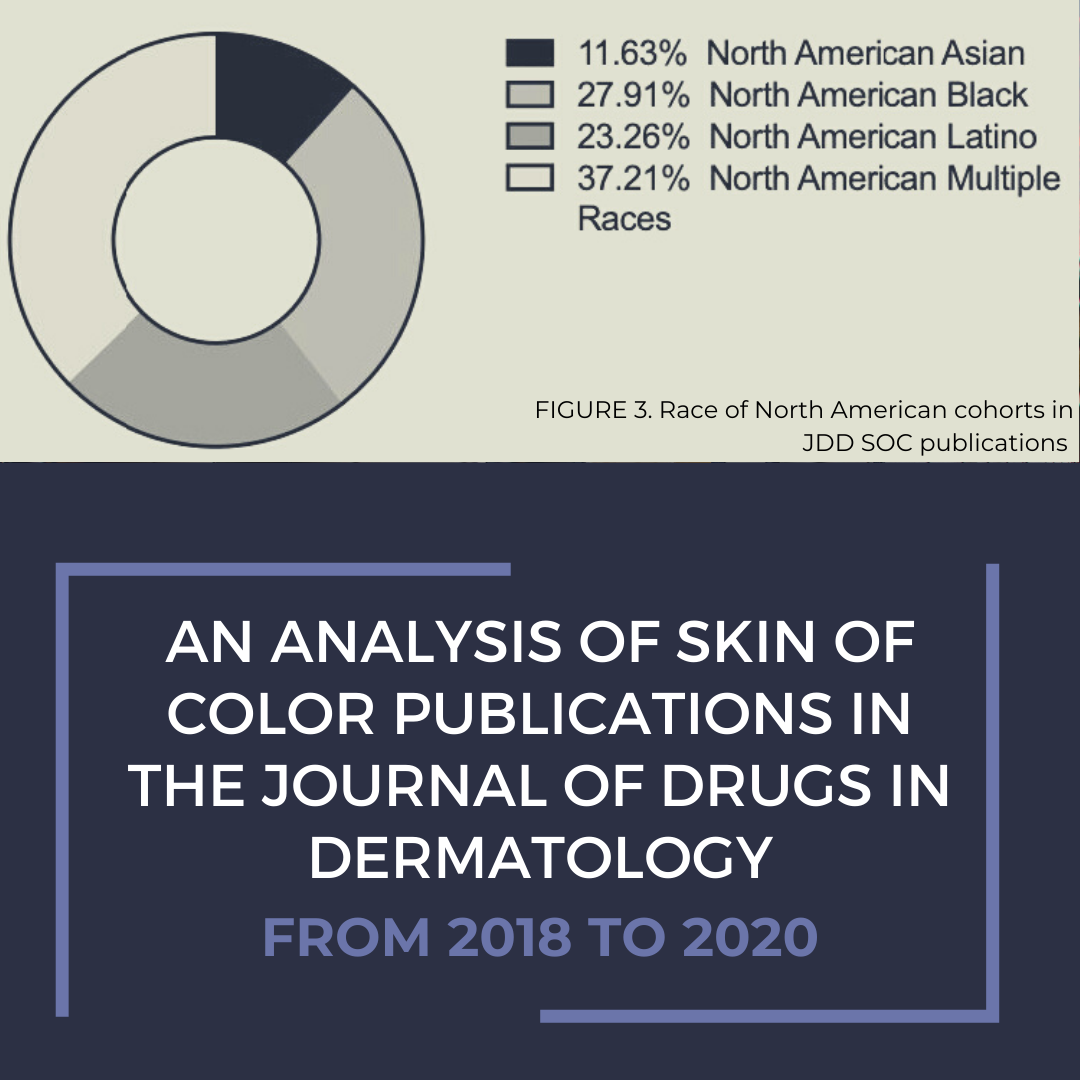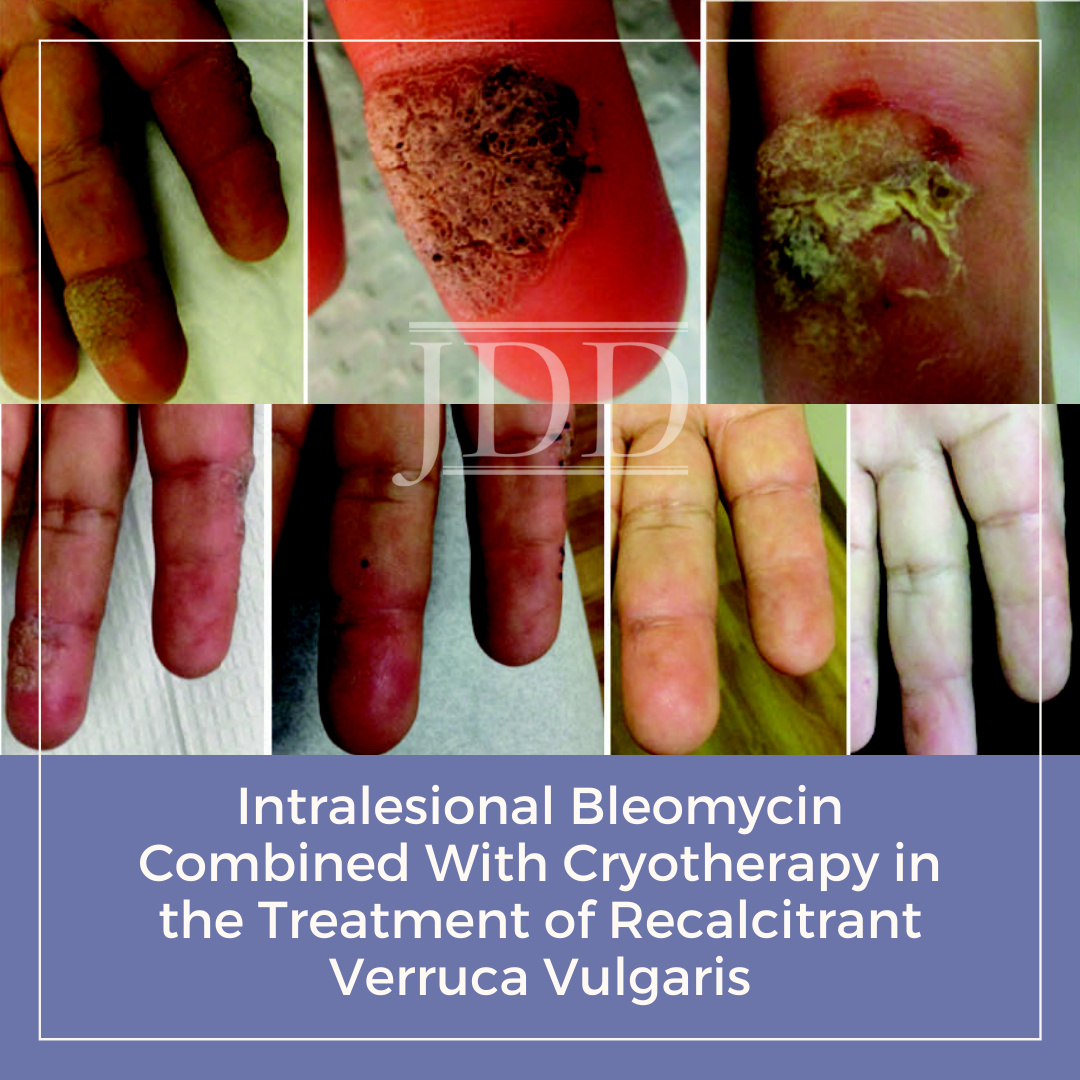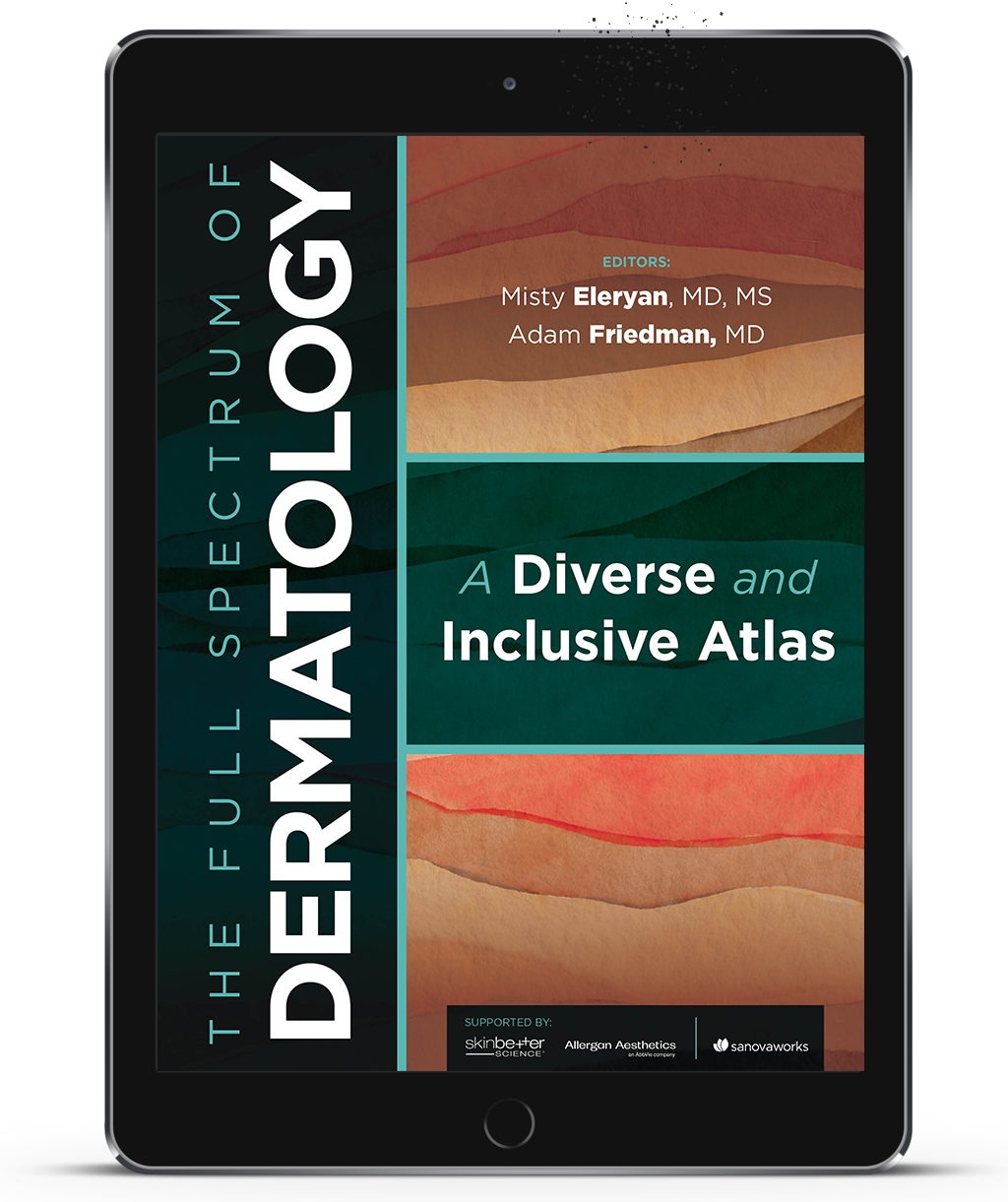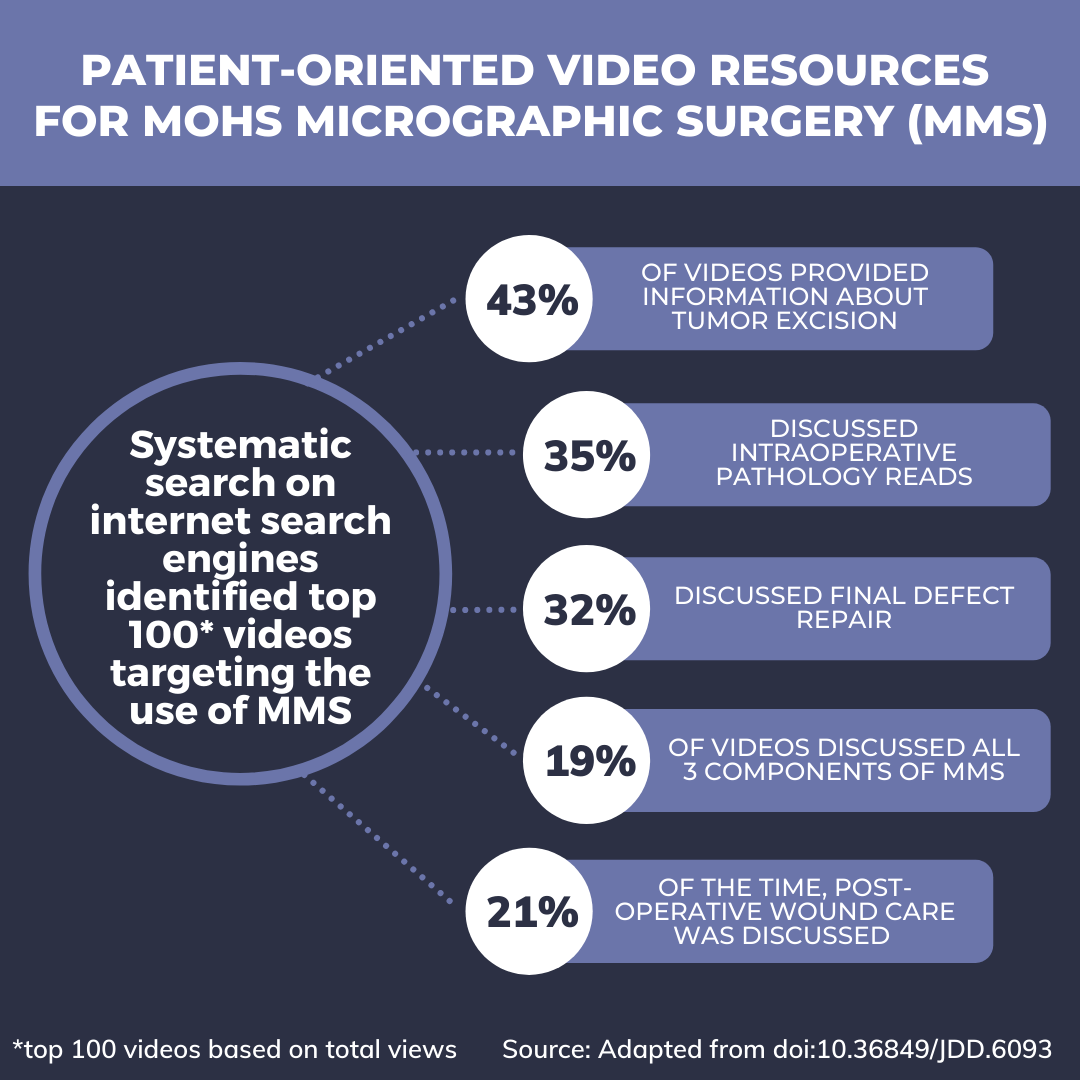An Analysis of Skin of Color Publications in the Journal of Drugs in Dermatology
 INTRODUCTION
As the United States population becomes increasingly diverse, it is exceedingly important for dermatologists to be knowledgeable about treating patients with skin of color (SOC). The published literature is an especially valuable resource for treating SOC. Many prevalent dermatological conditions, such as acne vulgaris, atopic dermatitis, and psoriasis, differ histologically and/ …
INTRODUCTION
As the United States population becomes increasingly diverse, it is exceedingly important for dermatologists to be knowledgeable about treating patients with skin of color (SOC). The published literature is an especially valuable resource for treating SOC. Many prevalent dermatological conditions, such as acne vulgaris, atopic dermatitis, and psoriasis, differ histologically and/ …
 INTRODUCTION
As the United States population becomes increasingly diverse, it is exceedingly important for dermatologists to be knowledgeable about treating patients with skin of color (SOC). The published literature is an especially valuable resource for treating SOC. Many prevalent dermatological conditions, such as acne vulgaris, atopic dermatitis, and psoriasis, differ histologically and/ …
INTRODUCTION
As the United States population becomes increasingly diverse, it is exceedingly important for dermatologists to be knowledgeable about treating patients with skin of color (SOC). The published literature is an especially valuable resource for treating SOC. Many prevalent dermatological conditions, such as acne vulgaris, atopic dermatitis, and psoriasis, differ histologically and/ … Continue reading "An Analysis of Skin of Color Publications in the Journal of Drugs in Dermatology"


 Verruca vulgaris is a common cutaneous manifestation of Human Papillomavirus (HPV) infection that presents as hyperkeratotic, cauliflower-like papules with central black petechiae. These lesions may be resistant to conventional therapies, posing a therapeutic challenge and prolong significant morbidity for the patient. This case report demonstrates an immediate and robust response of recalcitrant …
Verruca vulgaris is a common cutaneous manifestation of Human Papillomavirus (HPV) infection that presents as hyperkeratotic, cauliflower-like papules with central black petechiae. These lesions may be resistant to conventional therapies, posing a therapeutic challenge and prolong significant morbidity for the patient. This case report demonstrates an immediate and robust response of recalcitrant …  [vc_row][vc_column][vc_column_text]
We have exciting news! The Full Spectrum of Dermatology: A Diverse and Inclusive Atlas DIGITAL EDITION is now available for purchase! The atlas displays side-by-side images of the most commonly seen dermatology conditions in an array of skin tones and features:
Real patients - real skin. No computer generated images
650+ fu …
[vc_row][vc_column][vc_column_text]
We have exciting news! The Full Spectrum of Dermatology: A Diverse and Inclusive Atlas DIGITAL EDITION is now available for purchase! The atlas displays side-by-side images of the most commonly seen dermatology conditions in an array of skin tones and features:
Real patients - real skin. No computer generated images
650+ fu …  The April 2022 issue of the Journal of Drugs in Dermatology (JDD) includes the perfect blend of original articles, case reports, and editorials. With topics ranging from injectable fillers, botulinum toxin in hidradenitis suppurativa, cannabis and cannabinoid product use, to psoriasis, melasma, onychomycosis and everything in between, we share this month’s issue highlights straight from the JDD …
The April 2022 issue of the Journal of Drugs in Dermatology (JDD) includes the perfect blend of original articles, case reports, and editorials. With topics ranging from injectable fillers, botulinum toxin in hidradenitis suppurativa, cannabis and cannabinoid product use, to psoriasis, melasma, onychomycosis and everything in between, we share this month’s issue highlights straight from the JDD …  INTRODUCTION
Mohs micrographic surgery (MMS) is increasingly utilized for treatment of skin cancer, however the technique used is markedly different than other surgical modalities.1,2 Explaining MMS to patients is difficult, and anxiety following a skin cancer diagnosis likely leads many to seek out additional resources to supplement their understanding.3,4 It is unclear how accurate and comp …
INTRODUCTION
Mohs micrographic surgery (MMS) is increasingly utilized for treatment of skin cancer, however the technique used is markedly different than other surgical modalities.1,2 Explaining MMS to patients is difficult, and anxiety following a skin cancer diagnosis likely leads many to seek out additional resources to supplement their understanding.3,4 It is unclear how accurate and comp …